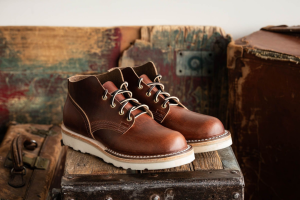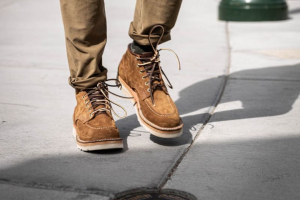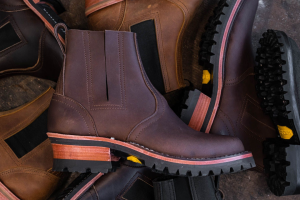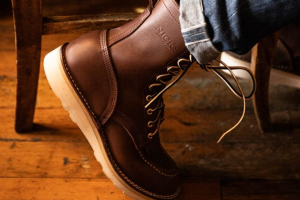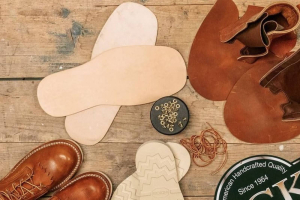Types Of Work Boots: Find The Right Pair For The Job
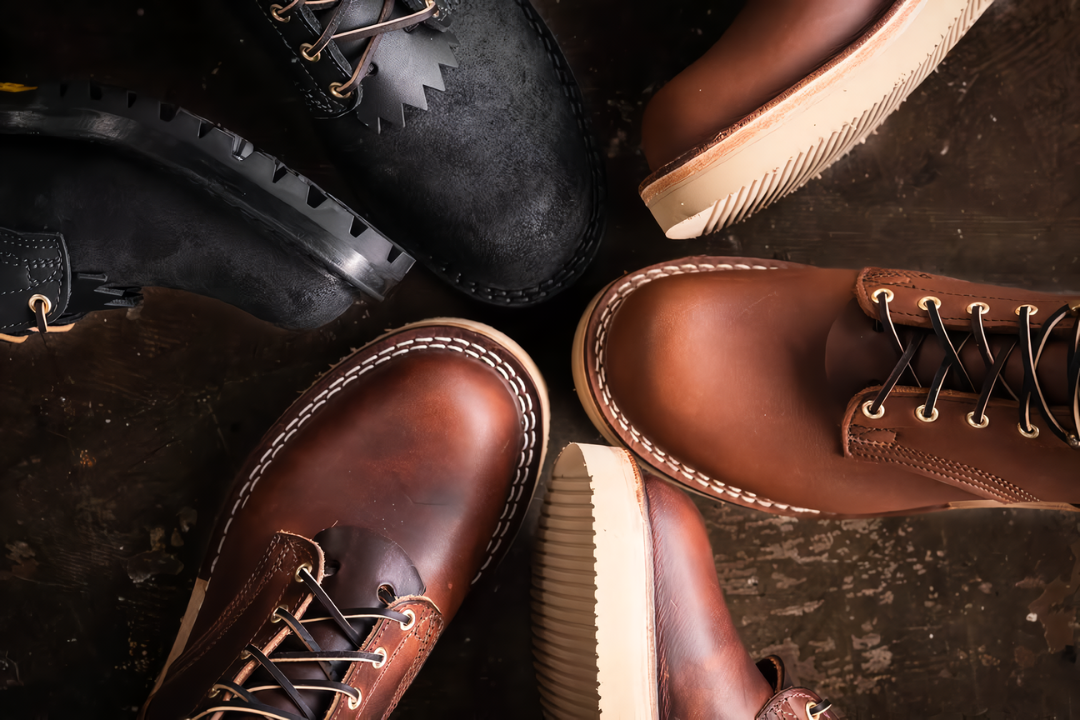
Key Takeaways:
- Work Boots Are Designed for Specific Needs: From heavy-duty jobs to casual wear, work boots are tailored for protection, comfort, and durability in various environments.
- Features Depend on the Job Environment: Choosing the right boots means assessing factors like waterproofing for wet conditions or insulation for cold weather.
- Quality and Fit Matter Most: A well-fitted, durable boot ensures long-term comfort, safety, and productivity, making it a smart investment for any job.
Are your boots keeping up with the demands of your job, or do they leave your feet sore and unprotected at the end of the day? The right work boots can make all the difference, offering the support and durability you need to tackle even the toughest tasks.
At Nicks Boots, we’re proud to be a leader in crafting rugged, high-quality work boots that are as reliable as those who wear them. With years of expertise, we focus on delivering boots that outperform and outlast the competition.
In this article, we’ll examine the key types of work boots available and discuss their unique features and benefits. By the end, you’ll have the insight to select the ideal pair that prioritizes your comfort, safety, and job performance.
Safety-Toe Work Boots: Protection For Dangerous Jobs
Safety-toe work boots are a crucial defense against serious injuries for workers in high-risk environments. These boots feature reinforced toe caps made from steel, aluminum, or composite materials, which protect feet from falling tools, heavy machinery, and other workplace hazards. Designed to meet or exceed safety standards, they are essential gear for tradespeople, industrial workers, and anyone exposed to potentially dangerous conditions.
Beyond impact protection, safety-toe boots often include additional features like slip-resistant soles and electrical hazard protection tailored to specific industries. Whether navigating a construction site or working with heavy equipment, these boots combine functionality and protection, ensuring you stay safe while maintaining your productivity. Investing in the right pair means prioritizing your well-being and confidence on the job.
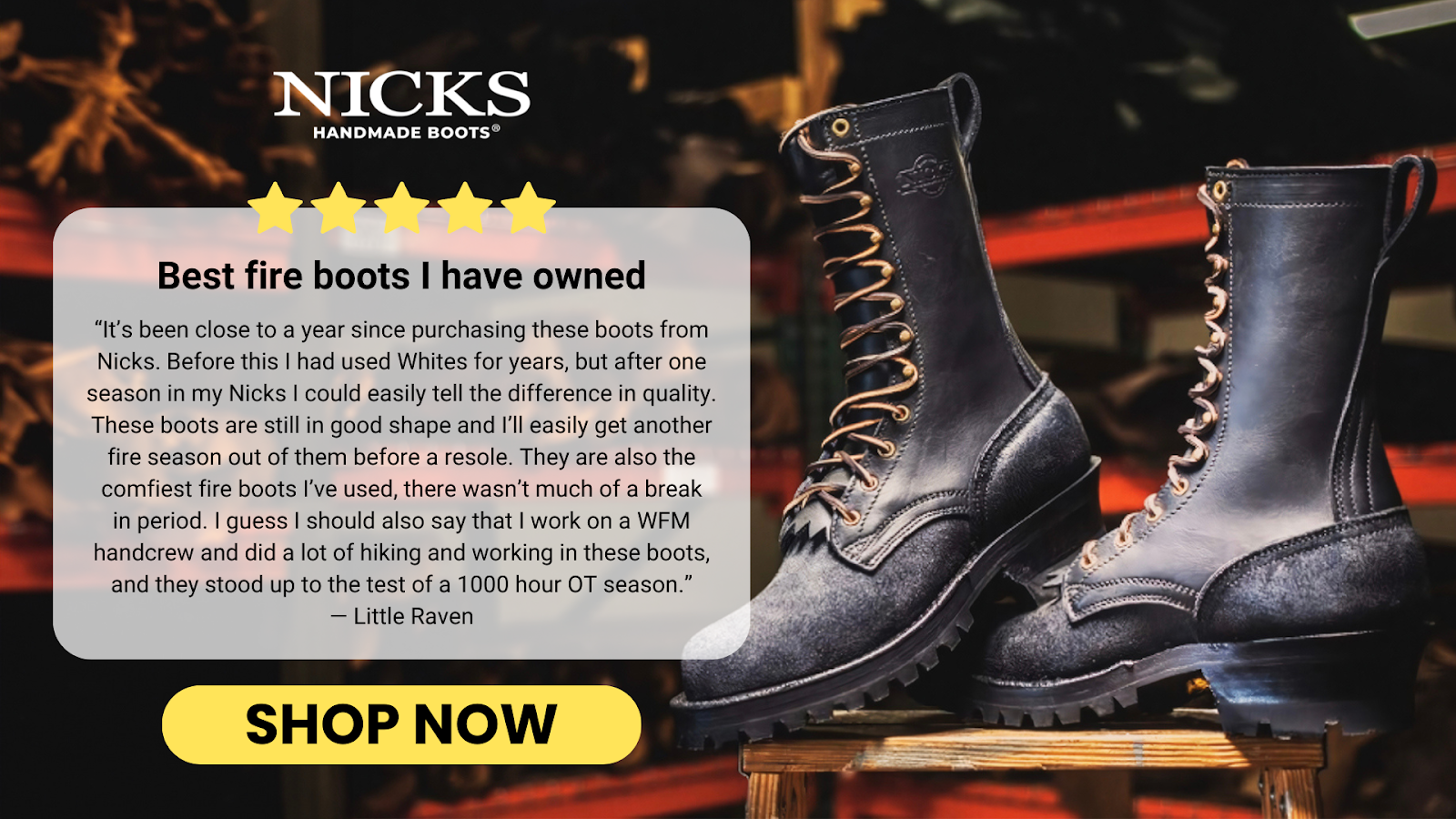

Waterproof Work Boots: For Wet And Muddy Conditions
Waterproof work boots become essential when the job takes you into wet or muddy environments. Crafted with specialized materials and construction techniques, these boots keep moisture out while maintaining breathability, ensuring your feet stay dry and comfortable throughout the day. Whether you're working in landscaping, farming, or outdoor construction, waterproofing helps prevent discomfort and issues like blisters or fungal infections.
In addition to their water-resistant features, many waterproof work boots are designed with slip-resistant outsoles for added safety on slick surfaces. Some models also incorporate insulated linings to keep your feet warm in cold, wet conditions. With the right waterproof boots, you can focus on your tasks without worrying about the weather or terrain slowing you down.
Insulated Work Boots: Keeping Your Feet Warm
Cold weather and freezing conditions can affect your comfort and productivity. Insulated work boots are designed to trap heat and keep your feet warm, even during long hours outdoors or in refrigerated environments. Typically lined with materials like Thinsulate™ or wool, these boots provide a layer of protection against low temperatures, ensuring your feet stay cozy without overheating.
In addition to warmth, insulated boots often come with rugged outsoles and waterproof features to handle icy, snowy, or wet conditions. This makes them ideal for construction, farming, and logistics industries, where workers face prolonged exposure to the elements. With the right pair of insulated boots, you can maintain focus and efficiency no matter how cold it gets.
Investing in insulated work boots isn’t just about staying warm; it’s about preserving your overall health and preventing frostbite or circulation issues. By prioritizing boots tailored to cold-weather needs, you’re setting yourself up for safer and more comfortable workdays.
Slip-Resistant Work Boots: Stability On Slick Surfaces
Work environments with slick or uneven surfaces, like kitchens, construction sites, or warehouses, require dependable slip-resistant boots. These boots have specially designed outsoles that provide superior traction, minimizing the risk of slips and falls in wet or oily conditions. This essential feature ensures workers can move confidently and safely, even in challenging environments.
Many of these boots offer slip resistance, durability, and comfort, allowing workers to wear them for extended periods without discomfort. Features like shock-absorbing insoles and lightweight designs make them ideal for physically demanding jobs. With slip-resistant work boots, you’re protecting yourself and enhancing productivity by focusing on the task rather than your footing.
Lightweight Work Boots: Comfort For Long Days
Lightweight work boots are a game-changer when the job requires long hours on your feet. These boots are designed to reduce fatigue by utilizing advanced materials like EVA midsoles and composite toe caps, which are lighter than traditional steel. The result is a pair of boots that offer the protection you need without the extra weight, making them ideal for physically demanding tasks.
Despite their reduced weight, lightweight work boots don’t compromise on durability or safety. Many models feature slip-resistant soles, waterproof materials, and breathable linings to handle diverse work conditions. From warehouse workers to landscapers, these boots provide the perfect balance of comfort and functionality, keeping you efficient throughout the day.
Choosing lightweight boots means investing in your long-term comfort and well-being. Minimizing the strain on your feet and legs allows you to focus on the job at hand, improving both performance and productivity.
Steel Vs. Composite Toe: Choosing The Right Material
When selecting safety-toe work boots, the choice often comes down to steel vs. composite toe caps. Steel toes are the traditional option, offering unmatched strength and durability to protect against heavy impacts and compression. They are ideal for industrial and construction settings where maximum protection is a priority, although they can add extra weight to your boots.
Composite toe caps, on the other hand, are made from lightweight materials like carbon fiber or plastic, providing adequate protection while reducing overall boot weight. They don’t conduct heat or cold, making them a better choice for extreme weather conditions or jobs requiring long hours outdoors. Additionally, composite toe boots are metal-free, making them suitable for environments with metal detectors, such as airports.
The decision between steel and composite toes ultimately depends on your work environment and priorities. Steel toes may be better if strength and durability are your primary concerns. However, composite toes are an excellent alternative for those seeking lightweight, versatile protection in varied conditions.
Casual Work Boots: Versatility Beyond The Job Site
Casual work boots bridge the gap between functionality and style, offering a versatile option for workers who need boots that perform on and off the job. These boots are designed to provide essential features like comfort, durability, and support while sporting a more relaxed look that works well in social settings. They’re perfect for transitioning between professional and casual environments without missing a step.
While they may not include heavy-duty features like reinforced toes or waterproofing, casual work boots still prioritize durability with high-quality materials like full-grain leather. Many models incorporate cushioned insoles and flexible outsoles for all-day comfort, making them an excellent choice for lighter tasks or general wear. They allow you to enjoy the same craftsmanship and reliability without the bulk of traditional work boots.
With their stylish yet practical design, casual work boots are an excellent investment for those who value versatility. Whether heading to a job site or meeting friends after work, these boots ensure you’re well-prepared and well-dressed.
How To Choose The Perfect Work Boots
Choosing the right work boots ensures comfort, safety, and efficiency during your workday. It involves understanding your specific job requirements, work environment, and personal comfort needs. Below, we break down the key factors to consider when selecting the ideal pair:
Consider Your Work Environment
Your work environment plays a significant role in determining the features you need in work boots. For example, wet or muddy conditions require waterproofing, while construction sites demand safety-toe protection. Tailor your choice to the daily risks and challenges to ensure maximum safety and comfort.
Focus On Fit And Comfort
Ill-fitting boots can cause fatigue, blisters, and long-term discomfort, impacting productivity and well-being. Look for boots with proper arch support, cushioned insoles, and a flexible fit. A well-fitted boot ensures you can focus on your work without being distracted by foot pain.
Prioritize Material And Durability
The materials used in your boots significantly affect their lifespan and performance. Leather boots provide excellent durability and a classic look, while synthetic options can be lightweight and breathable. Choose high-quality materials that align with your job’s demands for long-term value.
Check For Job-Specific Features
Different jobs require specific boot features, such as slip-resistant soles for slick surfaces or insulated linings for cold weather. Ensure the boots you choose meet your role's safety and functional needs. This helps you stay protected while performing at your best.
Invest In Quality Over Price
While budget considerations are important, investing in a high-quality pair of boots pays off in the long run. Durable boots last longer and provide better comfort and safety, reducing the need for frequent replacements. Think of your boots as an investment in your productivity and well-being.
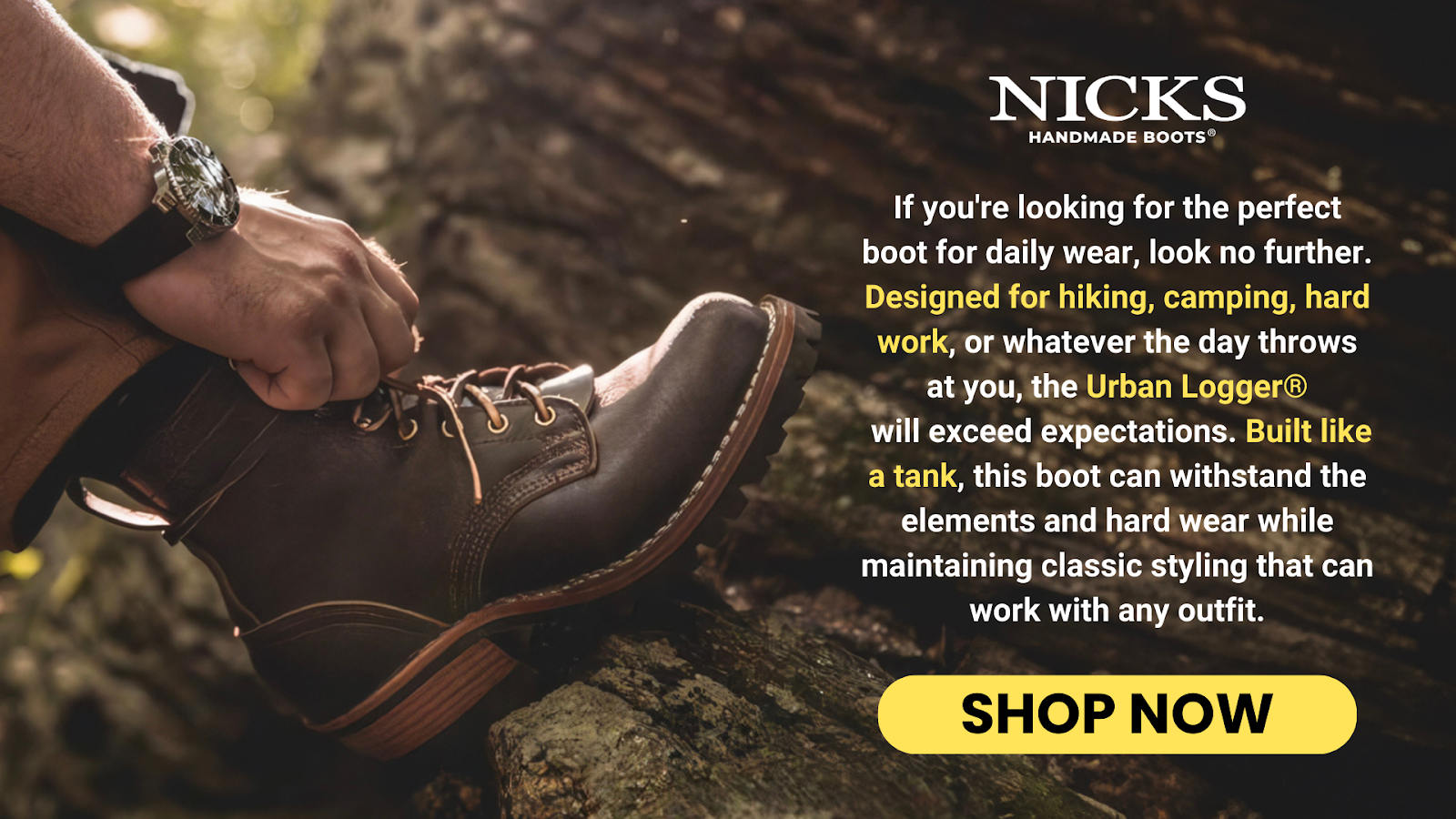

Final Thoughts
Work boots are more than just a piece of gear—they’re a cornerstone of workplace safety, comfort, and efficiency. The right pair can mean the difference between powering through the toughest days and struggling with discomfort or injury. With so many options tailored to specific environments and needs, it’s clear that work boots are not one-size-fits-all. They embody the essential balance of protection, durability, and performance.
Selecting the perfect work boots reflects a commitment to yourself and your craft. It’s about recognizing the demands of your work and ensuring you’re equipped to meet them head-on. Whether battling harsh weather, navigating hazardous sites, or simply seeking long-lasting comfort, the right boots empower you to stay focused and perform at your best. Choose wisely; every step you take will be one of confidence and purpose.
Read also:
Frequently Asked Questions About Types Of Work Boots
What are the key differences between steel toe and composite toe boots?
Steel toe boots are highly durable and provide maximum protection against heavy impacts, making them ideal for industrial jobs. Composite toe boots, while lighter, offer sufficient protection and are better for environments requiring non-metallic footwear or extreme temperature exposure.
Can work boots be stylish and functional at the same time?
Yes, modern work boots often combine durability with style, allowing them to transition between job sites and casual settings. Many casual work boots provide enough support for light tasks while maintaining a sleek appearance.
How often should work boots be replaced?
The lifespan of work boots depends on their usage and care, but they typically range from six months to a year for heavy daily use. High-quality boots can last longer if properly maintained and resoled when needed.
Are slip-resistant work boots necessary for all jobs?
Slip-resistant boots are essential for jobs involving slick or uneven surfaces, like kitchens, warehouses, or construction sites. However, they may not be as critical for office work or environments with stable footing.
Do waterproof boots work in extreme wet conditions like standing water?
Waterproof boots are effective for general wet conditions, but prolonged exposure to standing water may still penetrate them. For better protection in such environments, fully rubber or sealed boots are recommended.
Are lightweight work boots durable enough for heavy-duty jobs?
Lightweight work boots often use advanced materials like composite toe caps and durable synthetic uppers to balance comfort and strength. However, for optimal performance, it’s essential to match the boots’ specifications to the job's demands.
Why is insulation important in work boots?
Insulation helps retain heat, making work boots ideal for cold weather or refrigerated work environments. It prevents frostbite and keeps feet comfortable during extended periods in freezing conditions.
Can you resole the work boots, or should you replace them?
Many high-quality leather work boots can be resoled, extending their life and saving money compared to buying new ones. However, boots with significant upper damage or synthetic materials may need replacing.
Do all work boots meet safety standards?
Not all work boots are certified for safety, so it’s important to check for ASTM, OSHA, or similar certifications. These labels ensure the boots meet the required standards for workplace protection.
What are hybrid work boots?
Hybrid work boots combine elements from different types of boots, such as safety features, waterproofing, and casual designs. They are versatile and suitable for jobs requiring functionality and a polished look.
